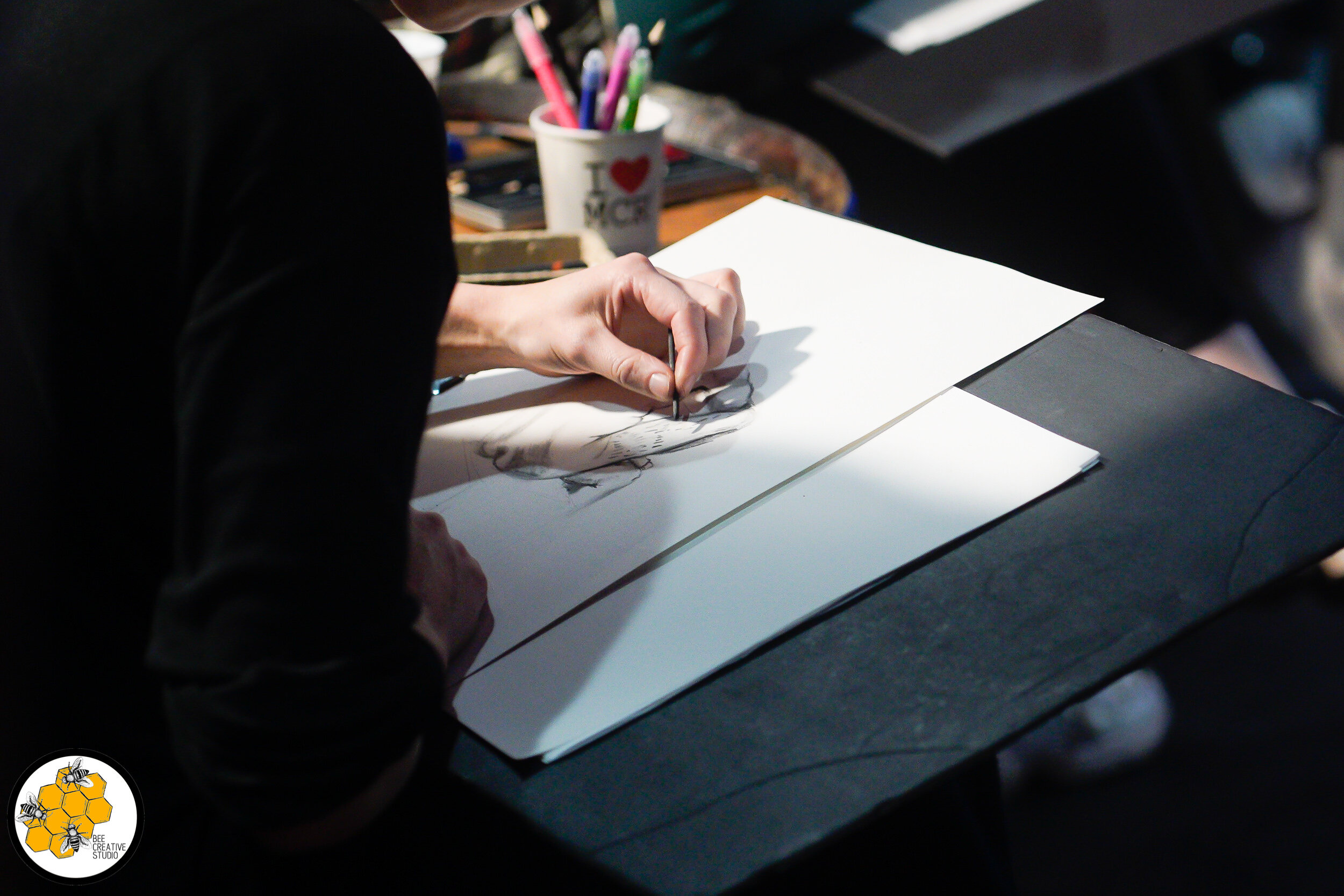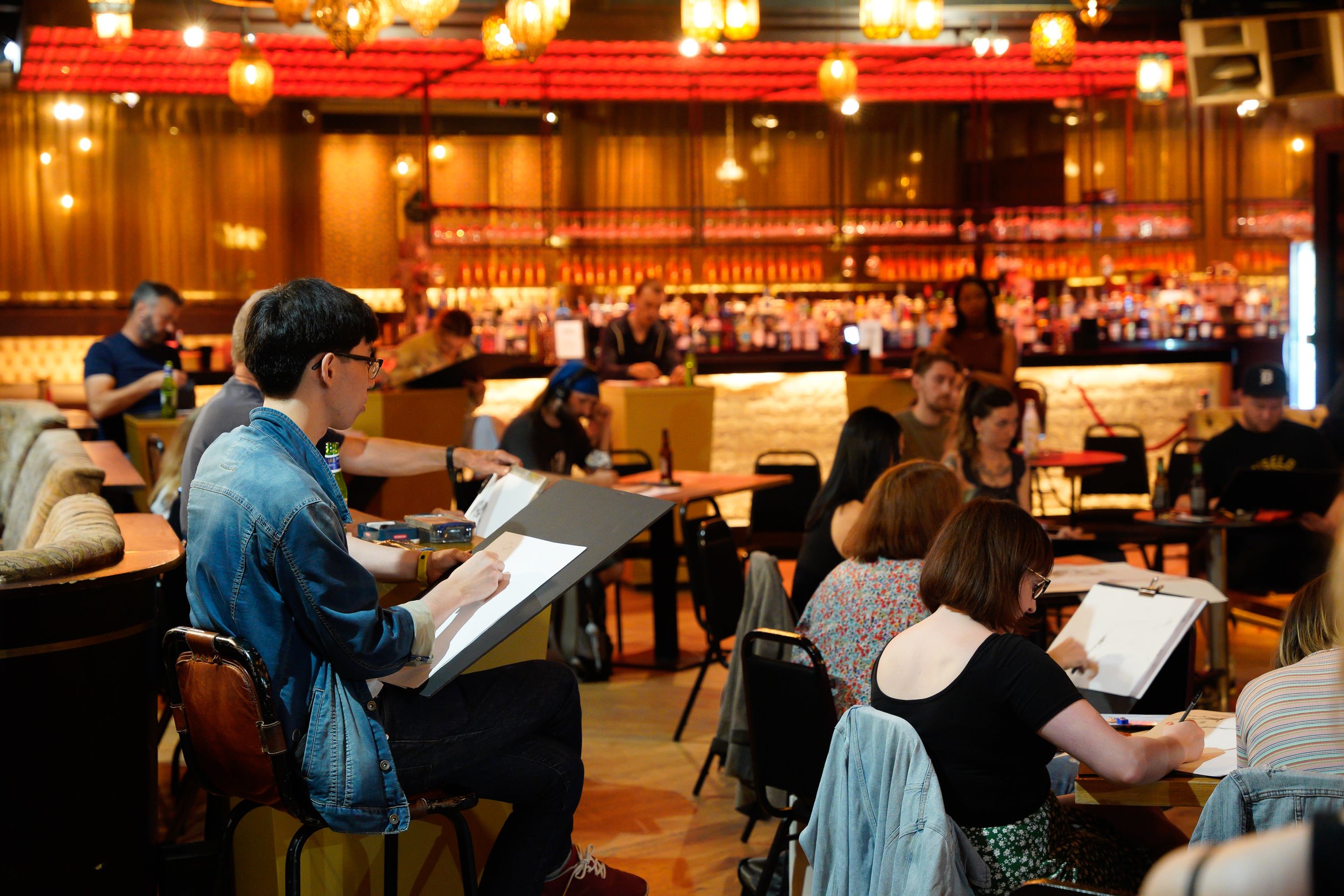To me, art is a way of expressing myself when words flounder; my emotions, thoughts, and feelings. With every piece of work I produce, I pour myself into the product to create something unique. Over time, I have learnt that while my own art may not compare to the calibre of the great artist such as Leonardo de Vinci or Monet, I now understand that in comparing my own work to others, I lack the capacity to see the uniqueness of my own art. Indeed, while there will always be flaws within my work, I can learn to work on these and improve my own work so that I can build upon my art skills, but it will never be without flaws.
Moreover, I believe that art should be available for everyone to enjoy and experience, regardless of your educational background. Art should transcend boundaries, to act as a fantastic equalisation, where anyone can enjoy great works of art and the process of making it. Art should bring people together; to discuss their views, thoughts and even their desires, hopes, dreams and impressions, in open discussion. Additionally, it should allow those who gaze upon it to be transported by the artists ambitions.
I believe drawing from the nude human figure is fundamental to developing artistic skills as an artist to accurately see shape while observing human emotion and gesture. Indeed, drawing from life has underpinned the practice of all serious arts, as it enables the artist to capture the world and body as it really is. Life drawing means studying forms, proportions, perspectives and shading, movement weight, balance and tension. Life drawing has allowed me to observe how the model holds their body; where they are putting weight on some muscles as they balance while positioning other muscles to hold a certain pose and over time you will use these skills in all your art work.
However, I believe the true power of art is its capacity to positively benefit mental health and wellbeing. Engaging in art enabled me to deal with my own mental health and emotional wellbeing as I was not only able to express what I couldn’t with words, but I also felt as though I was now part of a like-mined community. Indeed, art and mental health is being increasingly recognised by mental health charities, the NHS and research as provide therapy and treatment. Being in an art environment I feel like the noise in my head has quietened; I feel safe and not judged; and it helps me to make sense of my feeling; giving me a voice.
Nichola.



